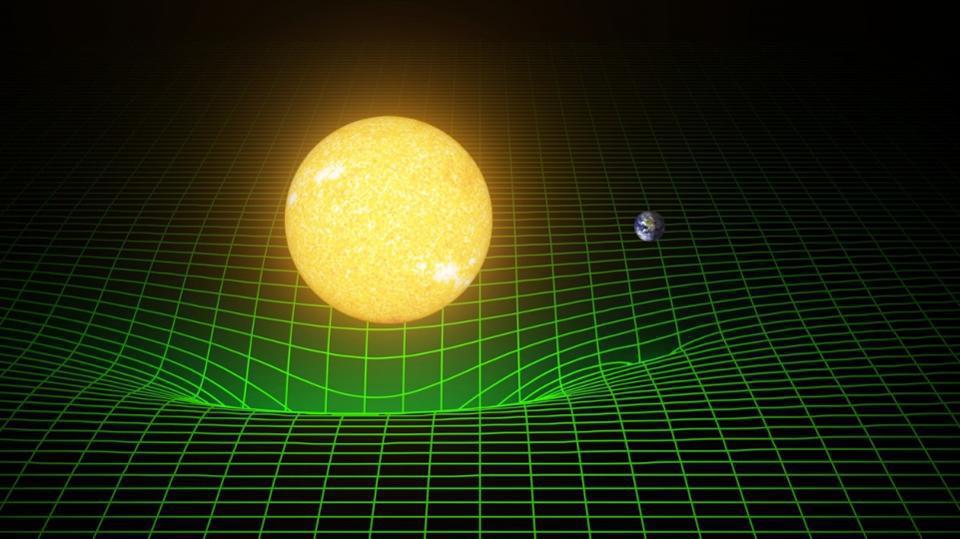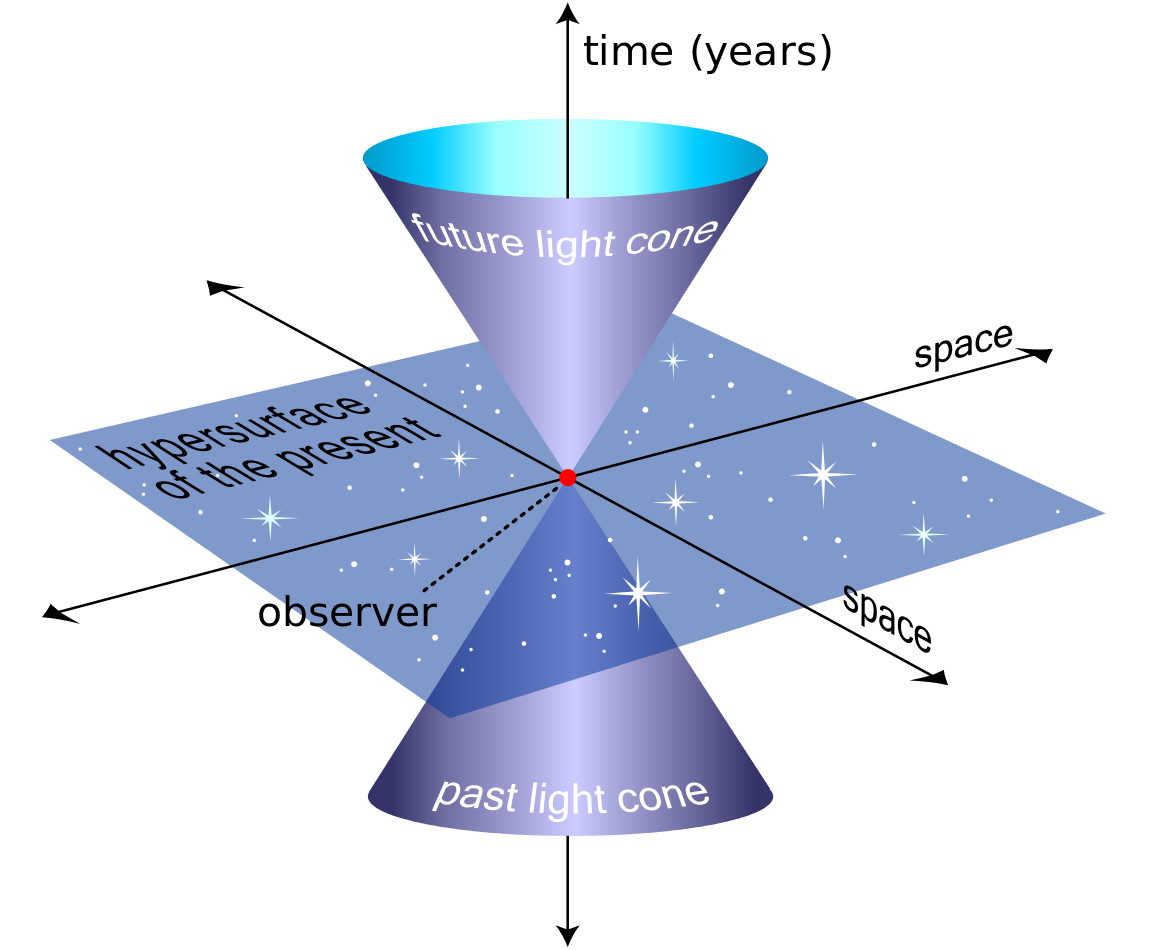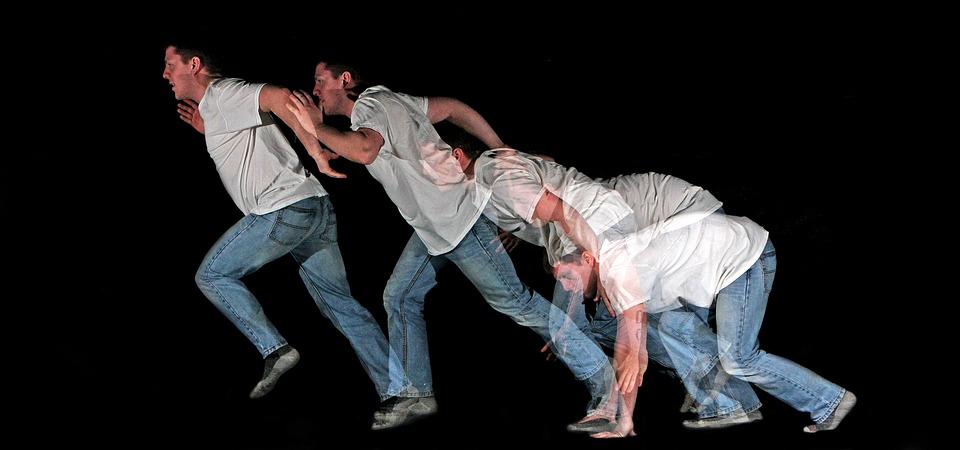Einstein was right. Flying clocks around the world in opposite directions proved it.
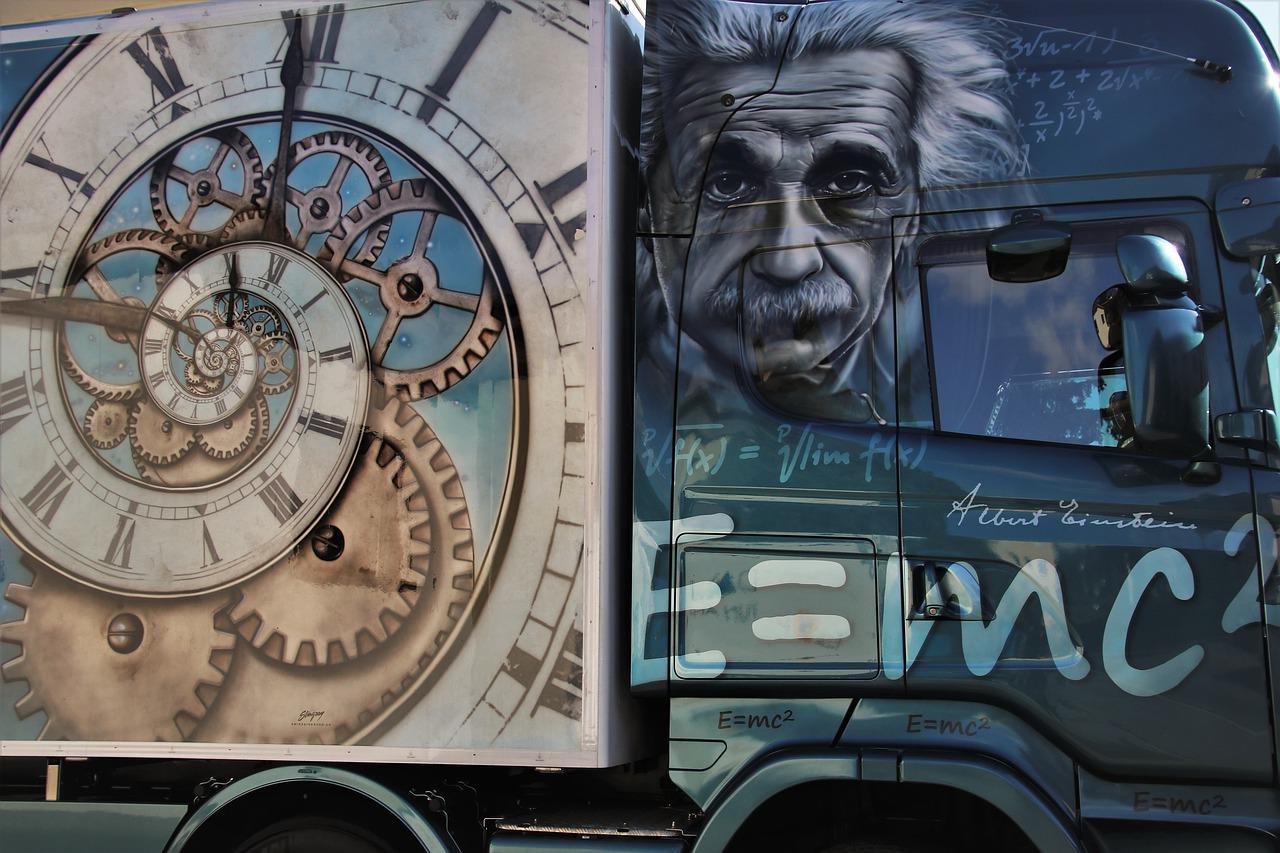
- According to Einstein’s relativity, if you move relative to another observer and come back to their starting point, you’ll age less than whatever remains stationary.
- Einstein also tells us that the curvature of space itself, depending on the strength of gravitation at your location, also affects how fast or slow your clock runs.
- By flying planes both with and against Earth’s rotation, and returning them all to the same starting point, we tested Einstein as never before. Here’s what we learned.
In 1905, our conception of the Universe changed forever when Einstein put forth his special theory of relativity. Prior to Einstein, scientists were able to describe every “point” in the Universe with the use of just four coordinates: three spatial positions for each of the three dimensions, plus a time to indicate which moment any particular event occurred. All of this changed when Einstein had the fundamental realization that every single observer in the Universe, dependent on their motion and location, each had a unique perspective on where and when every event in the Universe would have occurred.
Whenever one observer moves through the Universe relative to another, the observer-in-motion will experience time dilation: where their clocks run slower relative to the observer-at-rest. Based on this, Einstein suggested that we could make use of two clocks to put this to the test: one at the equator, which speeds around the Earth at approximately 1670 km/hr (1038 mph), and one at the Earth’s poles, which is at rest as the Earth rotates about its axis.
In this regard, however, Einstein was wrong: both clocks run at exactly the same rate relative to one another. It wasn’t until 1971 that a proper test could be conducted, and it required a lot more than special relativity to make it so.

Back when Einstein first put forth his special theory of relativity, there was a missing element: it didn’t incorporate gravitation into the mix. He had no idea that proximity to a large gravitational mass could alter the passage of time as well. Owing to the planet’s rotation and the attractive gravitational force of every particle that makes up the Earth, our planet bulges at the equator and gets compressed at the poles. As a result, the Earth’s gravitational pull at the poles is slightly stronger — by about 0.4% — than it is at the equator.
As it turns out, the amount of time dilation due to a point on the equator zipping around the Earth is exactly cancelled by the additional amount of gravitational time dilation that results from the difference in gravity at the Earth’s poles versus the equator. Being deeper in a gravitational field, which the poles are, causes your clock to tick by more slowly, just as moving faster relative to a stationary observer does.
If you want to account for the rate at which the passage of time will appear to occur for each and every observer, both the relative motion effects of special relativity and also the relative effects of gravity — i.e., the relative curvature of spacetime between multiple observers — must be taken into account.

Time dilation was one of the few relativistic phenomena that was actually predicted even before Einstein put forth the ideas of special and general relativity, as the consequences of motion close to the speed of light for distances (length contraction) was worked out in the 19th century by George FitzGerald and Hendrik Lorentz. If distances changed, then in order to maintain the proper working of physics that we knew for electrons in atoms (as shown by Joseph Larmor in 1897) or for clocks in general (as shown by Emil Cohn in 1904), that the same factor — the Lorentz factor (γ) — must factor into time equations as well.
Although this was very difficult to measure initially, our growing understanding of the subatomic world soon made it possible. In the 1930s, the muon, a subatomic particle that’s the heavier, unstable cousin of the electron, was discovered. With a mean lifetime of just 2.2 microseconds, muons that are produced from cosmic ray collisions in Earth’s upper atmosphere should all decay within just hundreds of meters. And yet, if you hold out your hand, about one such muon passes through it with every second, indicating that they journeyed somewhere around 100 kilometers: a feat that’s physically impossible without time dilation. As soon as we developed the technology of cloud chambers, these muons could easily be seen even by the naked eye.
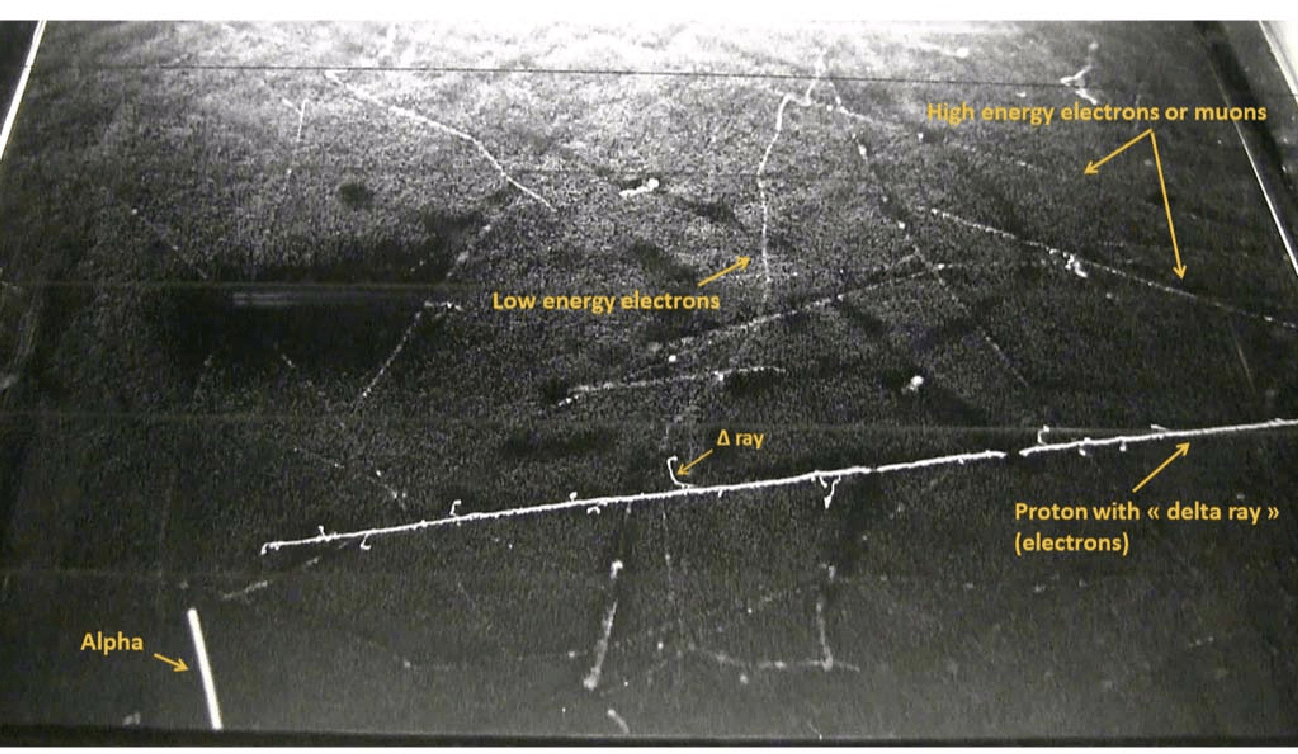
Other experiments further demonstrated that time dilation was a very real phenomenon for subatomic particles.
- The 1932 Kennedy-Thorndike experiment showed that both length contraction and time dilation are required to explain the motion of light through different directions in space; this represented an improvement over the earlier Michelson-Morley experiment, which required length contraction alone.
- The Ives-Stilwell experiment measured the Doppler shift of light and tested it against the predictions of special relativity; it was the first laboratory confirmation of time dilation, arising from positively charged hydrogen ions, and showed that the Lorentz factor was the correct factor for time dilation.
- And in 1940, the Rossi-Hall experiment experimentally measured the relativistic decay of muons in the atmosphere, quantitatively confirming special relativity’s predictions for time dilation.
But Einstein’s original goal of using run-of-the-mill clocks at or near the surface of Earth to test the validity of special relativity still remained unfulfilled. Two developments occurred in the 1950s, however, that finally brought the idea within the realm of testability.
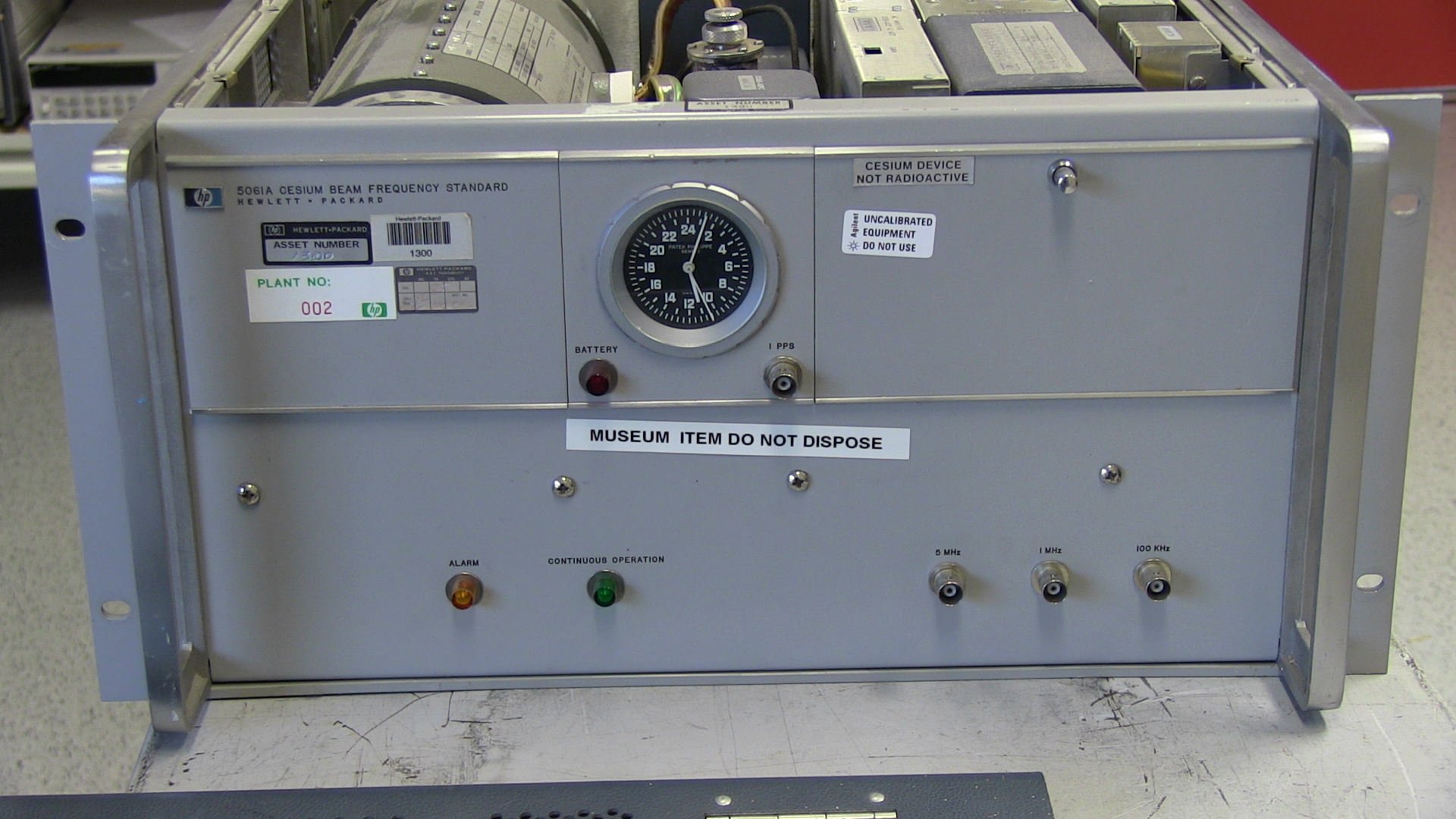
The first development that would make such a test possible had long been in the works: the invention of the atomic clock. Previously, the most accurate timepieces involved either quartz clocks or mechanical clocks. However, as the temperature changed, they became less and less accurate, leading many to search for an alternative. Originally suggested by James Clerk Maxwell and later developed further by Lord Kelvin and then Isidor Rabi, the idea of using an atom’s vibrational frequency to keep time suddenly leapt into the realm of practicality.
Every atom has a series of energy levels that its electrons are allowed to occupy: those specific levels and no other. However, due to quantum mechanical effects — such as the quantum mechanical spins of the electrons and nuclei interacting with the electromagnetic fields generated by the electrons in motion — some of those energy levels split, creating fine-structure and hyperfine-structure with very small energy differences. When the electrons transition from a slightly higher energy level to a slightly lower one, it will emit a photon of a very specific frequency. By inverting the frequency, you can arrive at a value for time, and therefore, you can use properly prepared atoms to keep time. This is the idea and implementation of modern atomic clocks: currently the best device for timekeeping known to humanity.
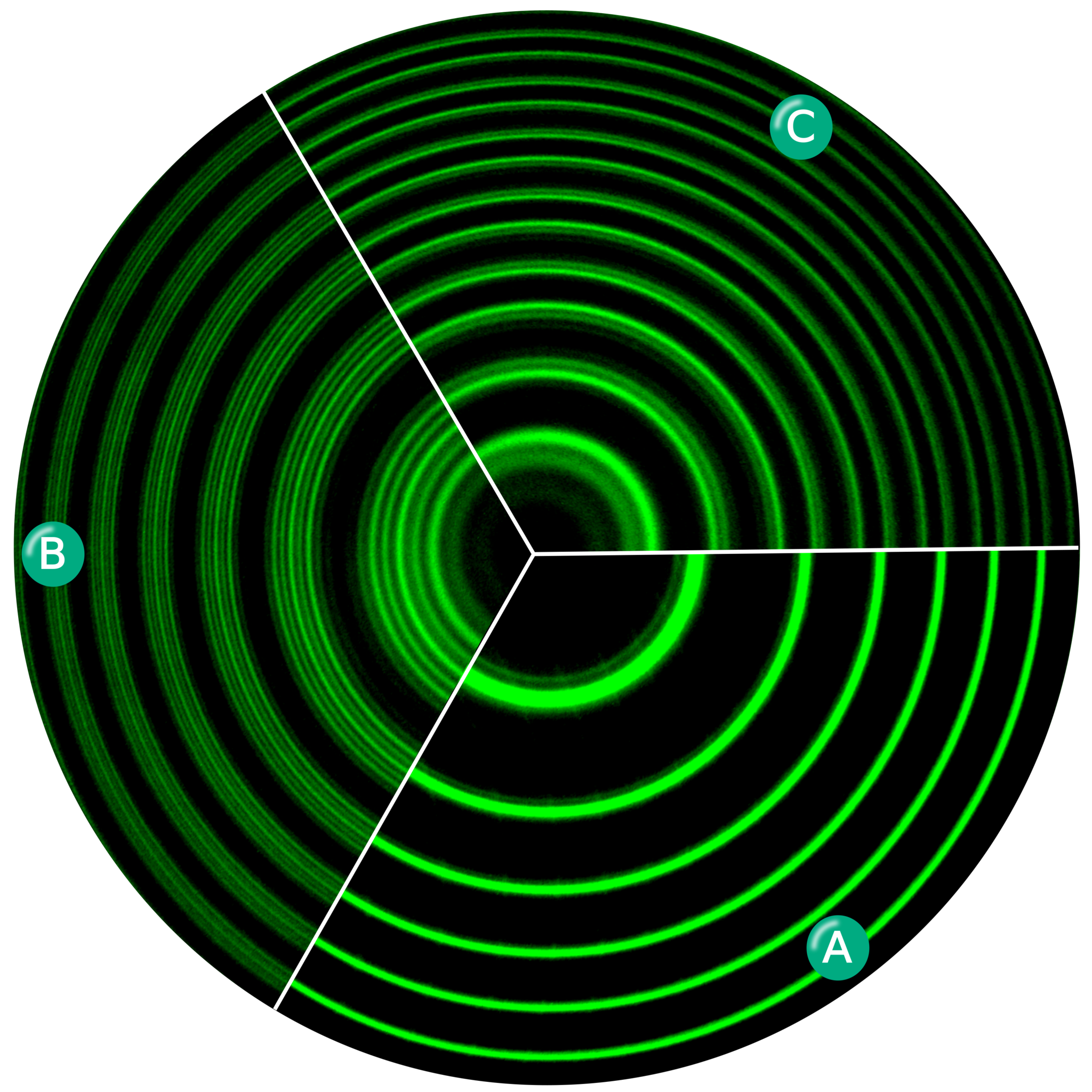
However, if you wanted to travel at high speeds in a single direction and return to your starting point, meeting up with an observer who’s been stationary the entire time, there’s another confounding factor at play: the Earth’s uneven terrain. You’ll probably have to change elevation, and that’s true whether you drive or walk or sail or fly. The problem is this: when you change elevation, you’re now a different distance away from the center of the Earth, and that changes how severely the fabric of space is curved. As the curvature of space changes, so does the effect of gravitational time dilation: the component of time dilation that requires general relativity to account for it.
That’s why it’s so important that, in 1959, the Pound-Rebka experiment was performed. While the most stable isotope of iron is iron-56, with 26 protons and 30 neutrons, you can also make iron-57, with one additional neutron. Depending on whether it’s in an excited state or not, iron-57 can either emit or absorb gamma rays of a very specific energy: 14,400 electron-volts.
At the bottom of Harvard’s Jefferson laboratory, an emitting sample of iron-57 was placed, and at the top an absorbing sample of iron-57 was placed. As the emitted gamma-rays climbed up out of Earth’s gravitational field, they lost energy, and therefore none of them were absorbed at the top of the lab. However, when a speaker cone was added to the emitting sample at the bottom, the emitted photons were “kicked” with an additional amount of energy. When the energy matched the energy lost via gravitational redshift, the photons were indeed absorbed at the top of the tower, demonstrating that the frequency shift observed matched up precisely with that predicted by Einstein’s general relativity.
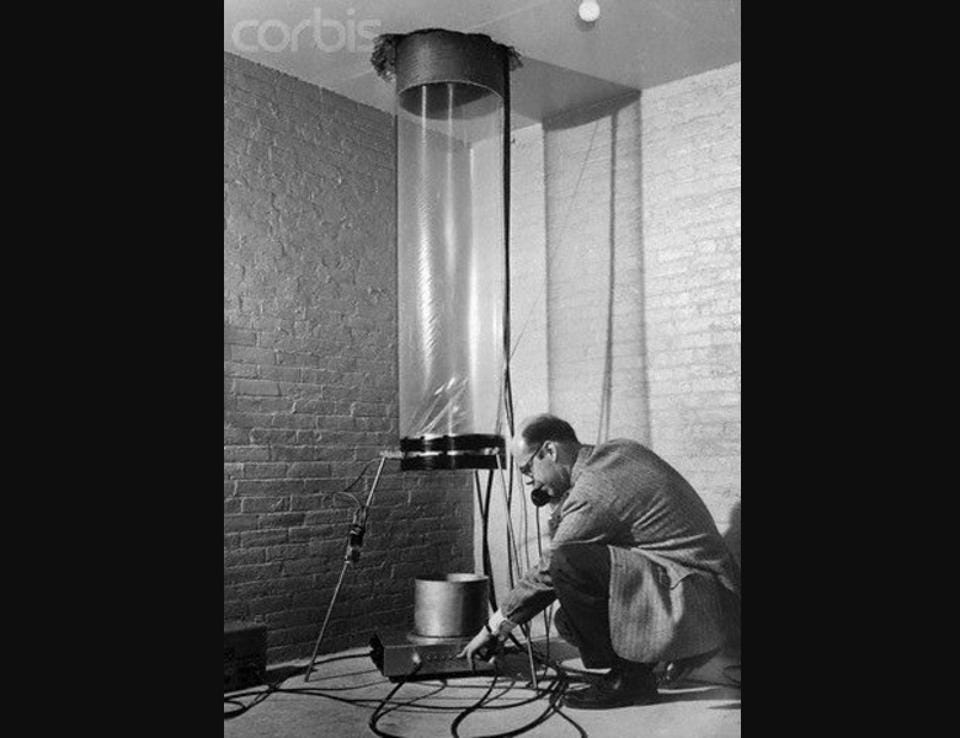
As is often the case, however, it took a few brilliant minds to piece together the idea for how such an experiment would work, even though the detection of such a small, precise effect was now theoretically possible. Physicist Joseph Hafele realized that if you took an atomic clock — one of the then-modern, precise, cesium-133 versions available at the time — and brought it aboard a commercial airliner that was capable of flying completely around the world in a single flight, you could tease out both the effects on time dilation of special and general relativity.
After giving a talk on the idea where astronomer Richard Keating was in the audience, Keating approached Hafele and told him about his work with atomic clocks at the United States Naval Observatory. A short while later, the funding arrived from the Office of Naval Research, as Hafele’s ideas would prove to be one of the most inexpensive tests of relativity ever to be conducted; 95% of the research funding was spent on round-the-world plane tickets: half for the scientists and half for the atomic clocks that would occupy the seats.

The brilliance of this idea is that it wasn’t just, “Hey, let’s fly this plane around the world and see if time dilates the way that special and general relativity predict that they ought to.” In and of itself, that would’ve been completely sufficient to test Einstein’s theories for time dilation directly.
But instead, Hafele and Keating both metaphorically and literally went the extra mile. First, one clock remained on the ground at the original location, ticking away and keeping time as accurately as possible: to within a few tens of nanoseconds over the timescale of weeks.
Second, two clocks were brought aboard a round-the-world flight, where they flew around the world in the eastward direction: the same direction as Earth’s rotation. Because the plane’s motion and Earth’s rotation were in the same direction, velocities added, and so its additional, more rapid motion through space should mean that less time passed, with time dilation predicting a loss of time.
And finally, those clocks were then brought aboard a round-the-world flight moving westward: against the Earth’s rotation. These planes flew slower than Earth’s rotation, so the clock on the ground actually moved faster than the westward-moving plane. The less-rapid motion through space should mean that more time passed for this clock, relative to the eastward-moving clock and also to the stationary one on the ground.
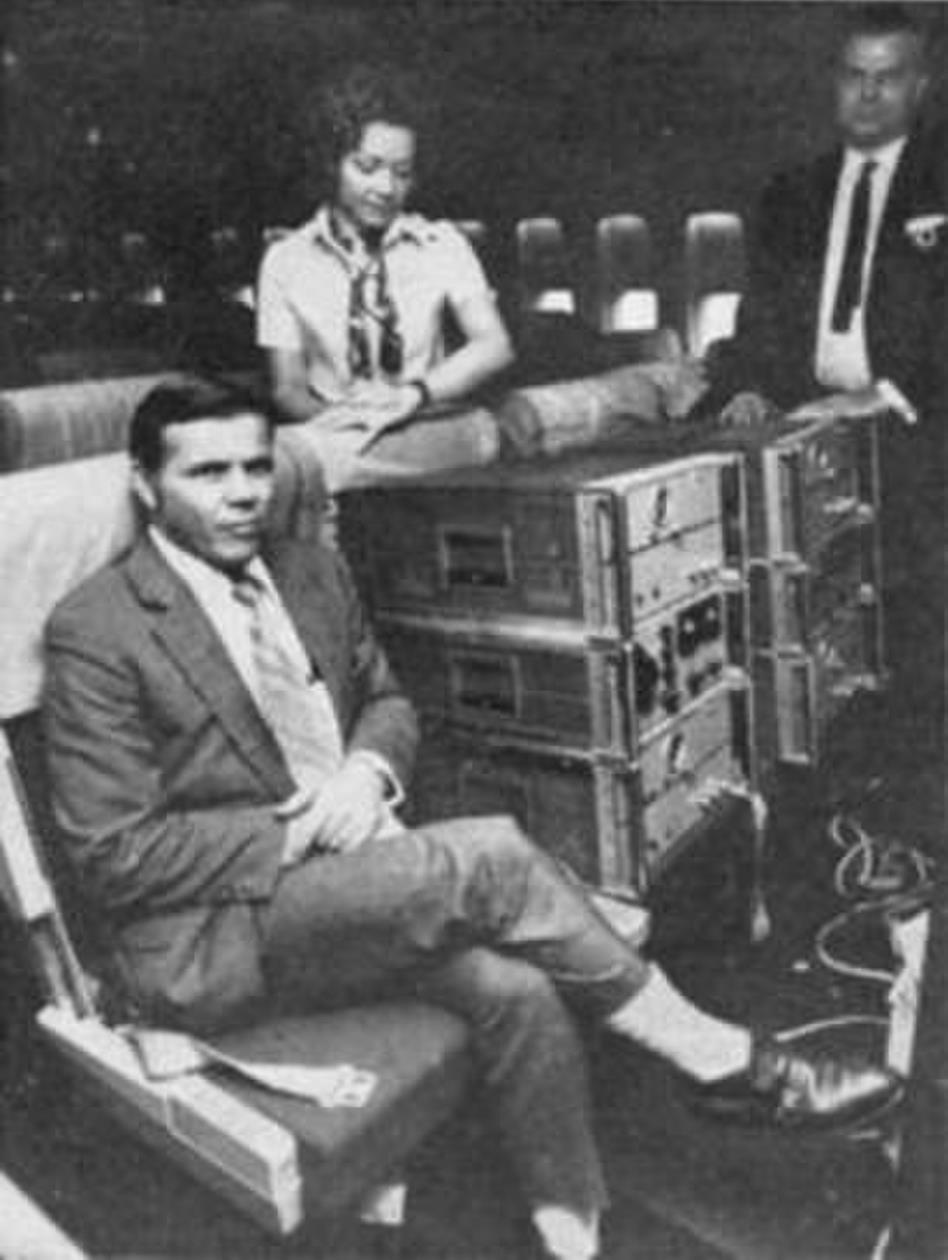
At the conclusion of the experiment, the results were revealed and compared with expectations. The clock that was on the ground the entire time would be treated as “at rest,” and everything else that occurred would be both predicted and measured relative to that standard of reference.
Although both clocks were meant to fly along similar courses at similar altitudes, such plans are rarely realistic. That’s why the flight crew helped take measurements of the plane’s location all throughout its dual journeys, allowing for both the predicted gravitational time dilation and the predicted due-to-motion time dilation to be quantified.
- For the eastward-moving plane, it was predicted that 144 nanoseconds would be gained by the clock due to gravitational time dilation, but that 184 nanoseconds would be lost owing to time dilation from its motion. All told, that’s a predicted loss of 40 nanoseconds, with an uncertainty of ± 23 nanoseconds.
- For the westward-moving plane, which flew at an overall higher altitude, a predicted 179 nanoseconds would be gained from gravitational time dilation. However, its lesser motion through space led to a prediction of a further gain of 96 nanoseconds, for a total predicted gain of 275 nanoseconds, with an uncertainty of ± 21 nanoseconds.
- And finally, the measurements, as first reported in Science in 1972 — a full 50 years ago — showed a net loss of 59 nanoseconds (with an experimental uncertainty of ± 10 nanoseconds) for the eastward-moving plane and a net gain of 273 nanoseconds (with an experimental uncertainty of ± 7 nanoseconds) for the westward-moving one.
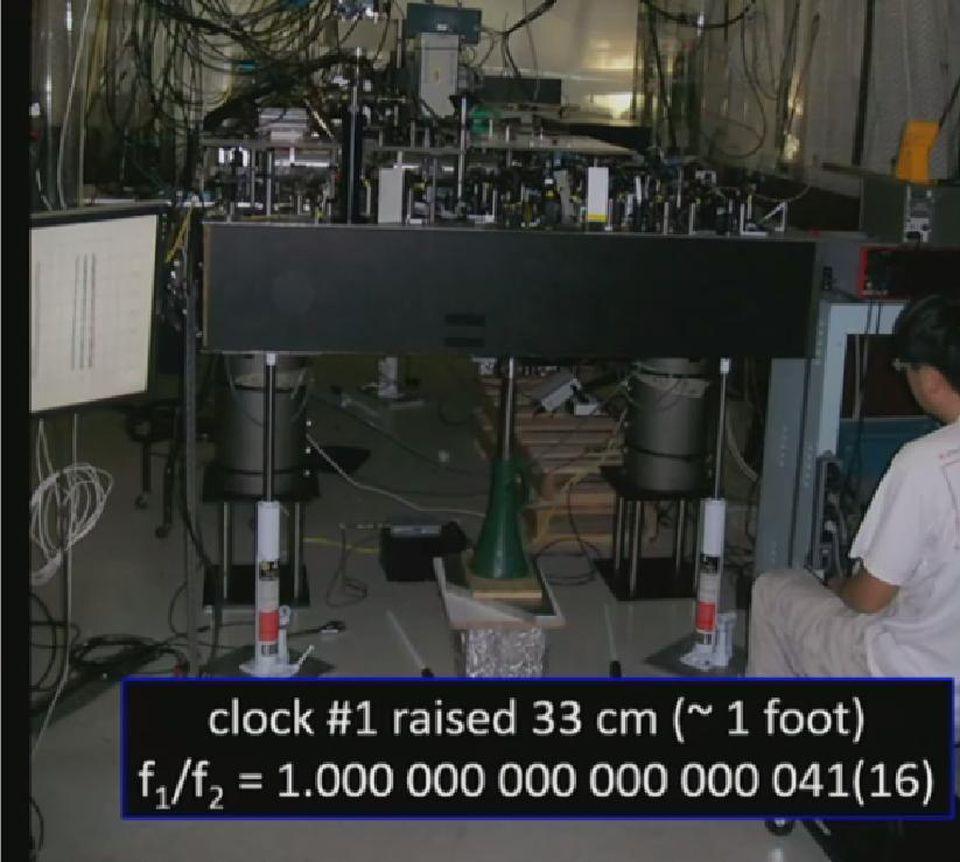
Although this initial experiment only confirmed the predictions of special and general relativity to within about 10%, it was the first time that time dilation had been tested for large, macroscopic objects using something as precise as an atomic clock. It showed, convincingly, that Einstein’s predictions for both the motion component of relativity and also for the gravitational component of relativity were both necessary and both correct in their description for how time ought to pass. This, today, has applications ranging from GPS to radar tracking to measuring the lifetimes of subatomic particles and more.
Today, we can confirm the motion component of time dilations for speeds as low as that of a cyclist, and for elevation differences in the gravitational field at Earth’s surface that are as small as 0.33 meters (about 13 inches). Einstein’s conception of the Universe was so dramatically different from everything that came prior to it that there was an enormous amount of resistance to the ideas of special and general relativity, and criticisms were leveled at it for decades. But in the end, the results of experiments and observations, not our prejudices, reveal the ultimate truths of nature. The Universe truly is relativistic, and measuring the differences in atomic clocks as they flew around the world is how we truly confirmed it in our everyday lives.
